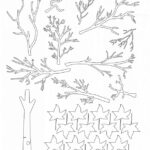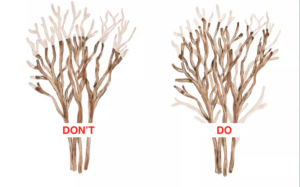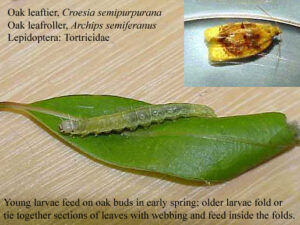Understanding Estimates, Assessments, and Consultations for Tree Care
Have you ever wondered about the differences between an estimate, assessment, and consultation when it comes to tree care? These terms often pop up when you’re considering tree services, but they serve distinct purposes. Let’s break down what each entails and how they contribute to your tree’s health and safety.
Estimate
An estimate is a complimentary service offered by tree care professionals to provide you with an idea of the work needed and its associated costs. During an estimate, an arborist conducts a visual examination of your trees. They assess factors like tree health, potential risks, disease presence, and any maintenance requirements. Based on this evaluation, they suggest suitable tree care practices or procedures. If tree removal is necessary, they’ll offer advice on proper removal techniques and potential replacements. An estimate is a starting point to help you understand what’s needed and its projected expense.
Assessment
A tree risk assessment is a more detailed evaluation of your trees’ condition and potential hazards. Unlike an estimate, an assessment typically comes with a fee. An experienced arborists with the Tree Risk Assessment Certification, will examine tree structural stability, identifying weak branches, leaning trunks, or root issues that could lead to damage or failure. This in-depth inspection is often requested by insurance providers or undertaken when safety concerns arise. It’s a proactive measure to mitigate risks and ensure the well-being of your property.
Consultation
Consulting a certified arborist is like seeking expert advice for your tree care needs. Arboricultural consultations involve engaging a knowledgeable tree care professional for guidance on various tree-related matters. If you’re planning construction or development projects that could affect trees, a consultation helps you understand how to preserve and protect them during the process. This involves strategies like root protection, proper pruning, and adhering to local regulations. Essentially, a consultation empowers you with specialized insights to make informed decisions about tree management and preservation.
It’s worth noting that both assessments and consultations entail comprehensive inspections and require a deep understanding of trees’ biology and health. While assessments focus more on risk evaluation, consultations provide a broader perspective on tree care, especially in the context of development or property maintenance.
In all cases, partnering with certified arborists ensures the health and safety of your trees. They possess the expertise needed to accurately assess your trees’ condition, offer reliable advice, and execute tree care tasks effectively. Whether it’s obtaining an estimate, conducting an assessment, or seeking consultation, involving professionals guarantees optimal tree care and management.





